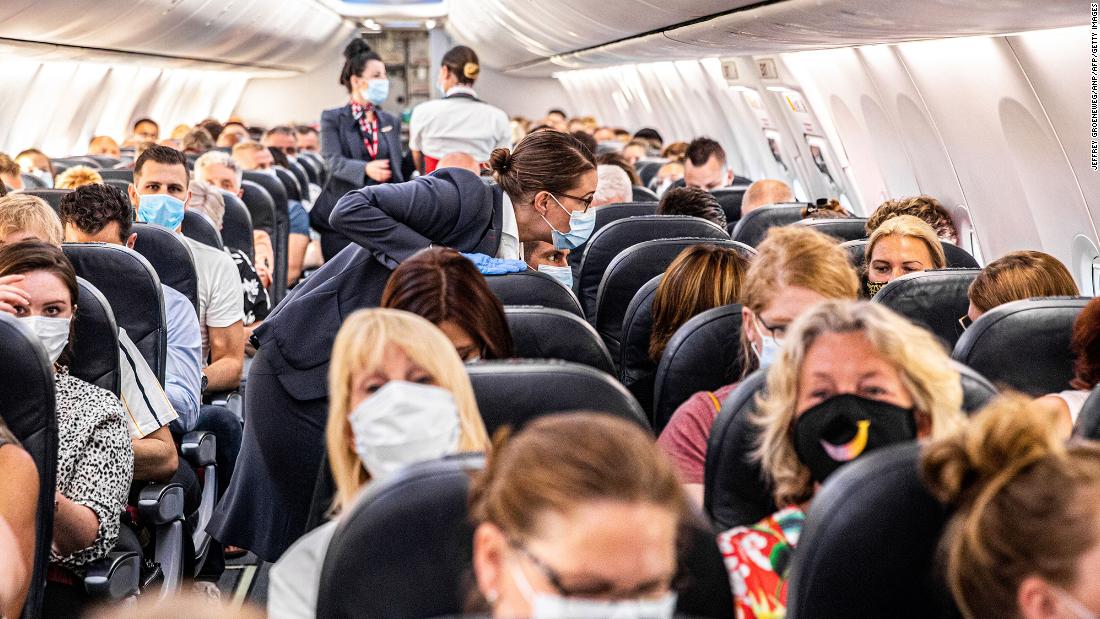May the odds be ever in your favour.
As travel remains only partially available to many of us at this time, the idea of flying may not be something you’ve thought much about. But for people who currently take domestic flights or perhaps need to fly for business, wondering about the risks of exposure to the coronavirus while flying is a pretty normal thing.
We’ve been assured that the risk of transmission is low, largely because of the super-duper HEPA filters on modern aircraft, which filter out 99.97% of all particulate matter, including viruses, along with the fact that the air in the aircraft cabin is not just recirculated but rather completely refreshed and exchanged every two to three minutes.
Now, however, scientists and data analysts have actually quantified the odds of coronavirus transmission while onboard a flight. And they’re better than you may think.
According to Arnold Barnett, professor of statistics at the prestigious Massachusetts Institute of Technology, studies were carried out to determine the odds of being infected with the virus during a relatively short flight (which is all most of us are able to take now).

For the typical single-aisle short-haul plane configured in a 3-3 layout (i.e., three seats on either side of the aisle), specifically the Boeing 737 and Airbus A320 families of aircraft, the risk of contracting Covid-19 while onboard is just 1 in 4,300 – and that’s if the flight is full. That may seem an unacceptably high risk, but think about it: those odds suggest that you would only become infected on ONE out of every 4,300 flights. It’s safe to say the average traveller doesn’t take that many flights in an entire lifetime. If the middle seats are kept empty, the risk falls even further, with the odds improving to just 1 in 7,700.
Barnett concedes that even though the risk is low, the hard numbers may still not offer up as much relief as some had hoped. “Most things are more dangerous now than they were before Covid, and aviation is no exception to that,” he explained in an interview with CNN Travel.
“But three things have to go wrong for you to get infected (on a flight). There has to be a Covid-19 patient on board and they have to be contagious,” he noted. “If there is such a person on your flight, assuming they are wearing a mask, it has to fail to prevent the transmission. They also have to be close enough that there’s a danger you could suffer from the transmission.”

Barnett factored all of this into the equation when doing his statistical analysis.
And as for the odds of actually contracting Covid-19 on a flight and then dying from it? That would be an incredibly rare and unlucky occurrence: The odds of that are less than 1 in 500,000… definitely “in your favour”!
"ExpatGo welcomes and encourages comments, input, and divergent opinions. However, we kindly request that you use suitable language in your comments, and refrain from any sort of personal attack, hate speech, or disparaging rhetoric. Comments not in line with this are subject to removal from the site. "





















